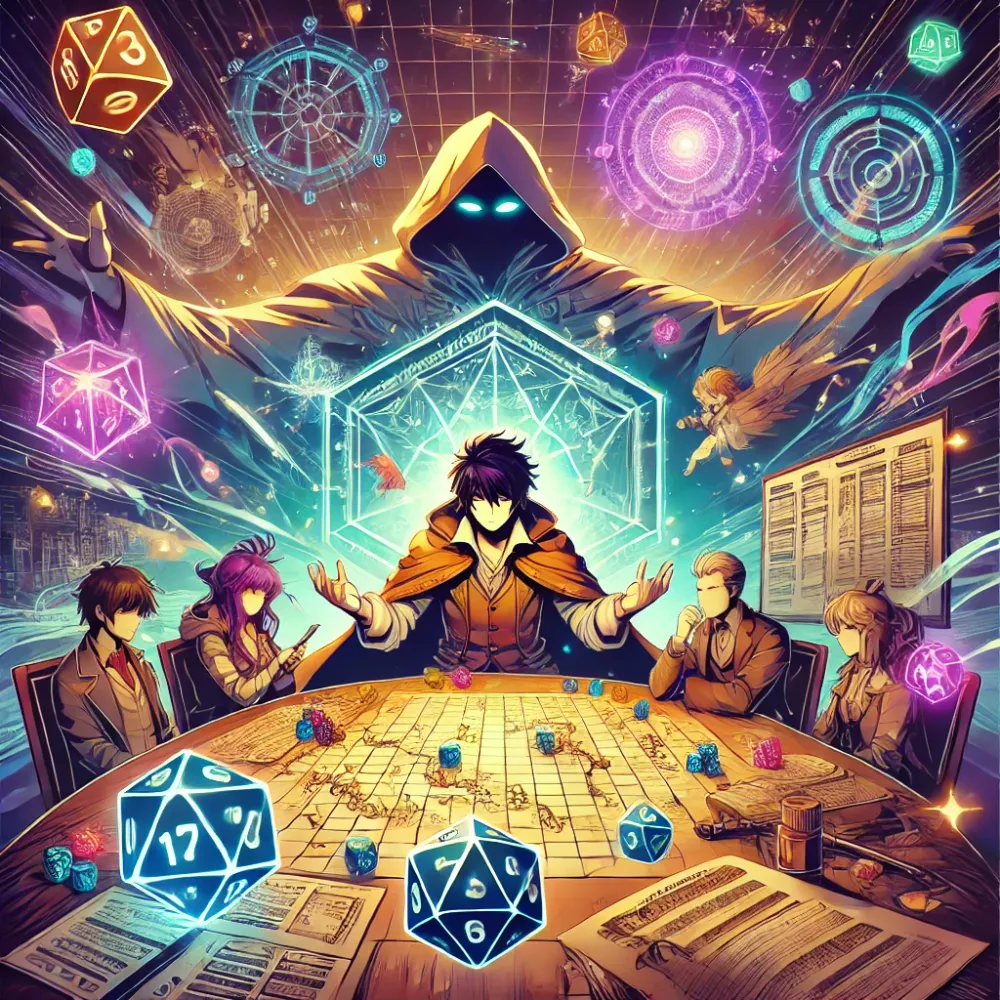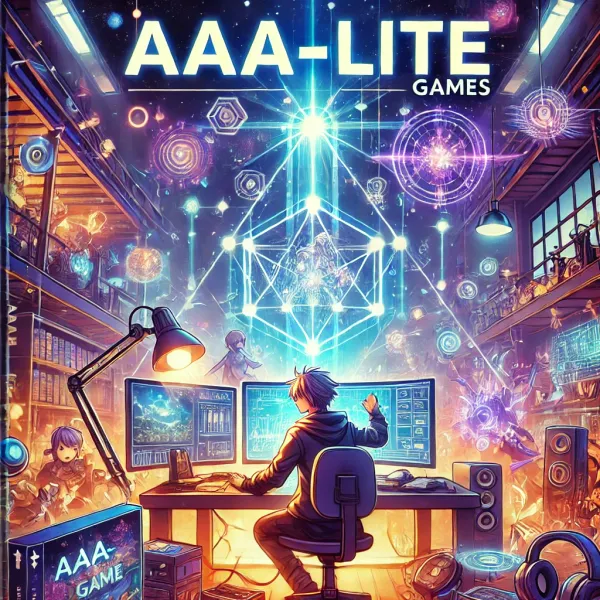The indie TTRPG boom: Seizing opportunities amidst industry shifts
Tabletop role-playing games (TTRPGs) are experiencing a golden age of innovation, driven by independent creators. With major publishers like Wizards of the Coast facing controversies and shifting player demands, indie TTRPGs have stepped into the spotlight, offering fresh ideas, inclusive narratives, and unique mechanics.
The current state of the TTRPG industry
While Dungeons & Dragons remains a titan in the industry, recent events like the Open Game License (OGL) 1.1 controversy highlighted dissatisfaction within the TTRPG community. Many creators sought alternatives, leading to a surge in independent games that address unmet player needs.
Indie titles like Blades in the Dark, which introduced the innovative "Forged in the Dark" system, and Thirsty Sword Lesbians, celebrated for its inclusive themes, showcase the creative freedom of independent developers. These games are redefining the possibilities of TTRPGs.
Opportunities for indie creators
1. Crowdfunding success
Platforms like Kickstarter and Gamefound have become essential for indie developers. Crowdfunding not only provides financial support but also builds a dedicated community around a project. For instance, Mothership RPG raised over $1.3 million for its second edition, demonstrating the potential of this model.
2. Diverse themes and representation
Indie TTRPGs often explore themes overlooked by mainstream games. Titles like Wanderhome focus on non-combat storytelling, while Thirsty Sword Lesbians emphasizes LGBTQ+ narratives, appealing to a broader range of players.
3. Digital tools and virtual play
The rise of platforms like Roll20, Foundry VTT, and Discord has expanded the reach of indie TTRPGs. These tools enable global communities to play together, breaking down geographical barriers and providing developers with new ways to engage players (Roll20).
Challenges for indie TTRPG developers
1. Standing out in a crowded market
With so many indie games launching every year, it’s crucial for developers to differentiate their projects through compelling storytelling, unique mechanics, and targeted marketing.
2. Managing production costs
Creating a physical TTRPG involves expenses like artwork, printing, and shipping. Without careful planning, these costs can overwhelm smaller teams.
3. Navigating licensing and IP
Many indie creators still rely on the OGL or similar licenses. Understanding legal frameworks and protecting intellectual property are essential for long-term success.
The path forward
The indie TTRPG boom highlights the creativity and resilience of independent developers. By leveraging crowdfunding, exploring diverse themes, and embracing digital tools, indie creators are not just filling gaps left by major publishers—they’re expanding the boundaries of what tabletop games can be.
As more players look for fresh, inclusive, and innovative experiences, indie TTRPGs are poised to lead the industry into a new era of storytelling and community engagement.




